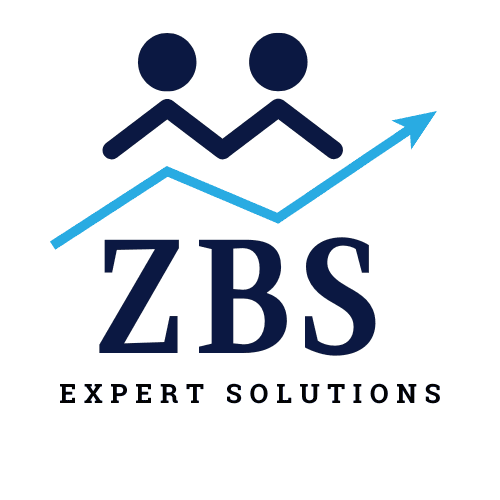
In today’s fast-paced digital world, businesses rely on a range of tools to manage projects, communicate with teams, handle customer relationships, and analyse performance. But what happens when these tools don’t talk to each other? That’s where SaaS integration comes in—bringing together all your favourite platforms into one connected, efficient system.
Whether you’re a start-up, small business, or enterprise, seamless integration of SaaS applications can significantly improve productivity, reduce errors, and boost overall efficiency. Let’s explore how SaaS services are transforming the way businesses operate, and how you can make integration as smooth as possible.
What Is SaaS Integration?
SaaS (Software as a Service) integration is the process of connecting different cloud-based apps and platforms so that data can flow between them automatically. Rather than switching between apps or manually transferring data, integration allows your tools to sync in real time.
For example, connecting your CRM with your email marketing platform means you can send personalised emails based on customer data—without ever leaving your dashboard. Similarly, linking project management tools with communication apps ensures your team stays in sync, with minimal disruption.
Why SaaS Integration Matters
As companies adopt more SaaS solutions to solve specific business problems, the need for them to work together becomes essential. Without integration, siloed systems can cause:
Duplicated data entry
Confusing workflows
Missed opportunities
Delayed decision-making
By connecting SaaS applications, you create a centralised ecosystem where information flows freely and operations are streamlined. This results in faster responses, better collaboration, and more informed business decisions.
Key Benefits of SaaS Integration
1. Increased Efficiency
Manual processes take time and are prone to human error. Integrating SaaS services means automation does the heavy lifting—updating records, sending notifications, and moving data without constant supervision.
2. Improved Data Accuracy
Since information updates automatically across platforms, the risk of outdated or incorrect data drops dramatically. Whether it's sales, inventory, or customer service, everyone works from the same data source.
3. Enhanced Collaboration
When your SaaS applications are linked, teams can work more effectively together. Marketing knows what sales are doing, customer service has access to past interactions, and management has a full view of operations.
4. Scalability
One of the best parts of cloud-based SaaS solutions is that they grow with your business. As you expand, you can easily add new tools and integrate them into your existing setup.
How to Approach SaaS Integration
Step 1: Audit Your Tools
Start by listing all the SaaS services your team uses. Identify which ones need to communicate and where data overlaps. This gives you a clear picture of your integration needs.
Step 2: Choose the Right Integration Platform
You don’t always need a developer to connect your tools. Platforms like Zapier, Make (Integromat), and Workato offer “no-code” or “low-code” solutions that make it easy to integrate common SaaS applications.
For more complex needs, hiring a developer or working with a provider that offers custom SaaS solutions may be the best route.
Step 3: Map Your Data Flow
Decide which direction the data should go and how often it should sync. For example, should new leads in your website form update your CRM instantly? Should changes in your inventory system reflect on your online store in real time?
Step 4: Test Thoroughly
Before rolling out your integration across the team, test it thoroughly. Check for any broken connections, missing data, or syncing delays.
Step 5: Train Your Team
Even the best SaaS integration won’t help if your team doesn’t know how to use it. Provide clear instructions and training to ensure everyone understands how the new workflows function.
Common SaaS Integration Use Cases
CRM and Email Marketing: Automate campaigns based on customer activity.
Project Management and Messaging Apps: Get instant updates in Slack when tasks are completed in Asana or Trello.
E-Commerce and Accounting Software: Automatically send sales data from Shopify to Xero.
HR Tools and Payroll Systems: Sync employee data for accurate salary processing.
Final Thoughts
SaaS integration isn’t just a tech trend—it’s a smart business move. By connecting your favourite tools, you reduce friction, improve accuracy, and empower your team to do their best work. With the growing number of SaaS services available today, there’s never been a better time to streamline your operations.
Whether you’re just starting out or managing a complex tech stack, seamless SaaS solutions can simplify your workflow and help your business grow smarter—not harder.




